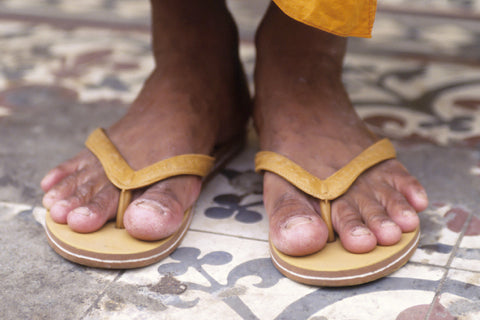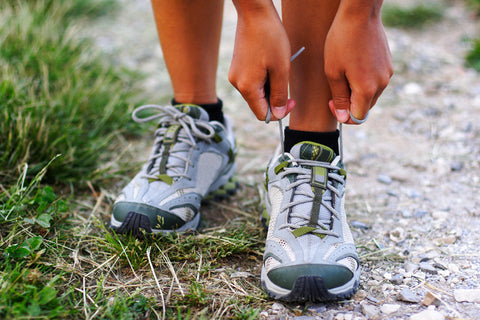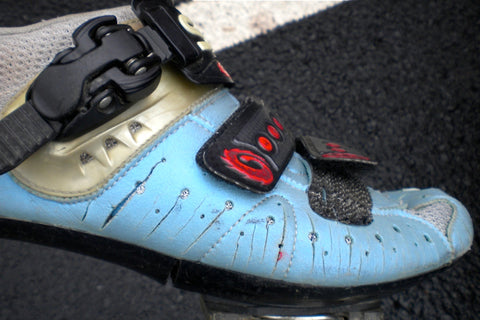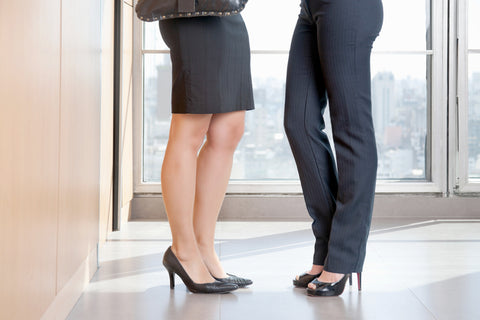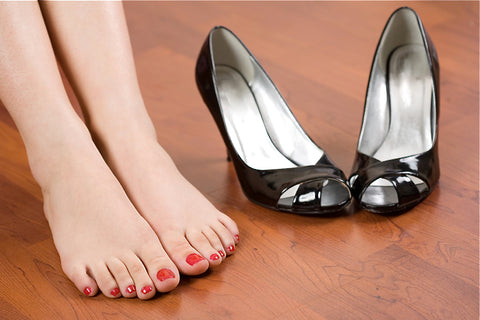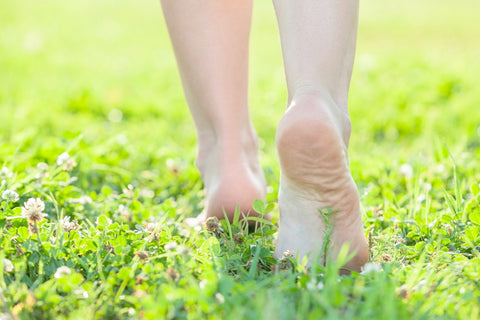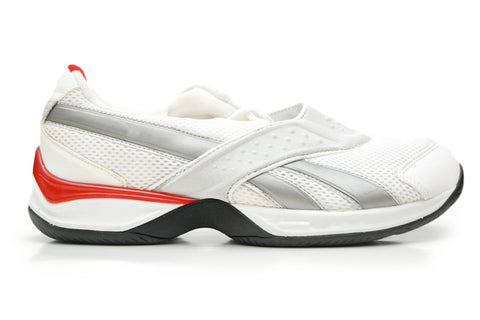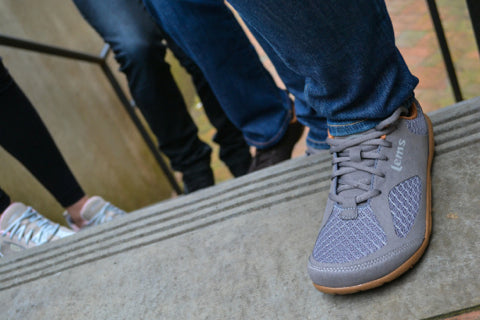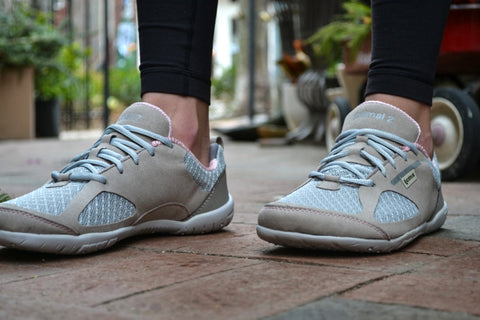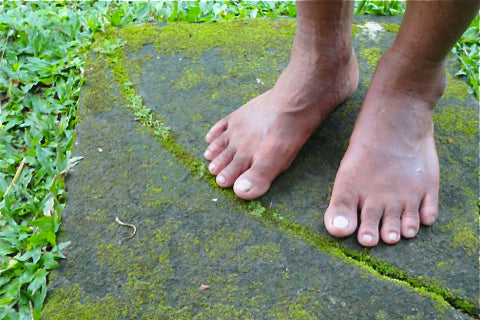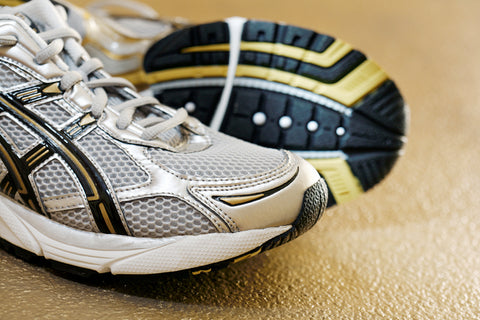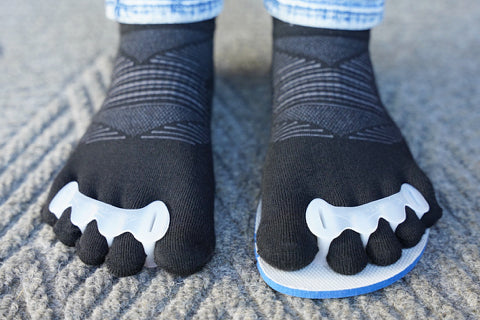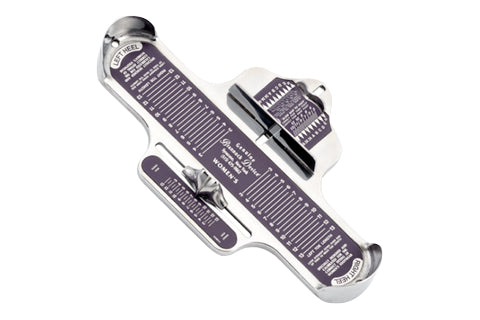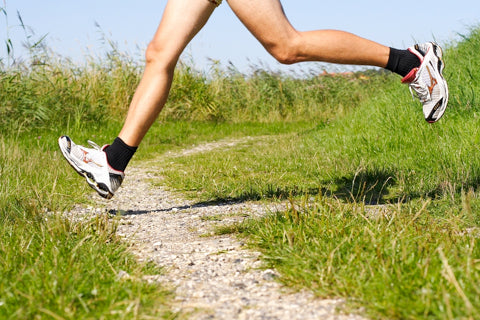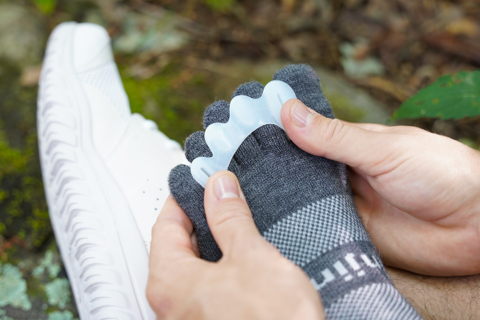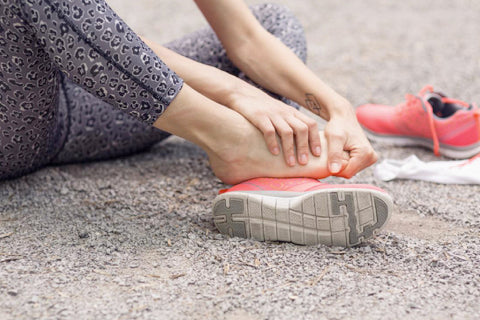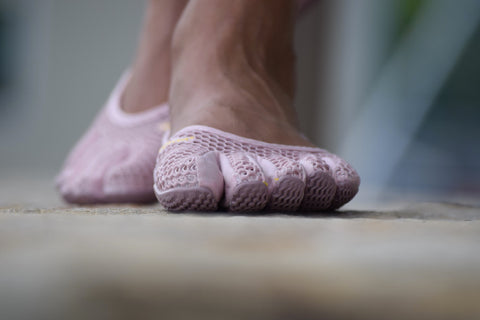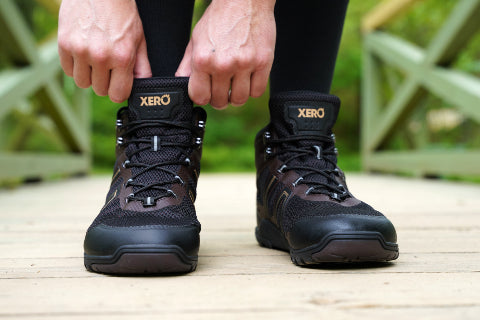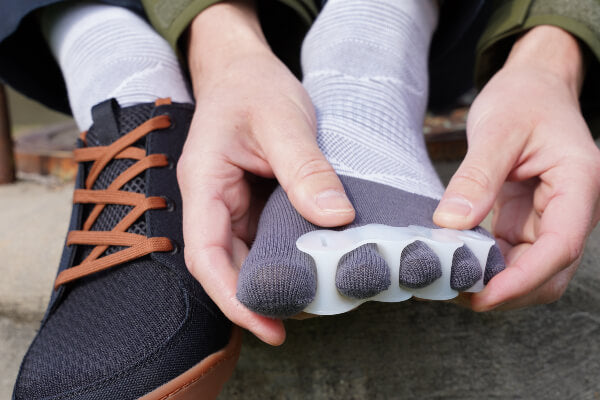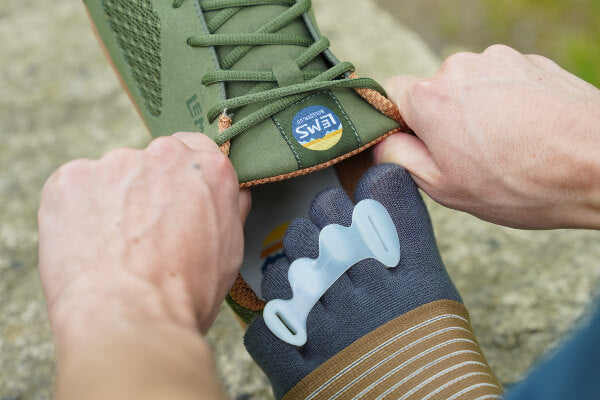Are Clogs a Foot-Healthy Choice?
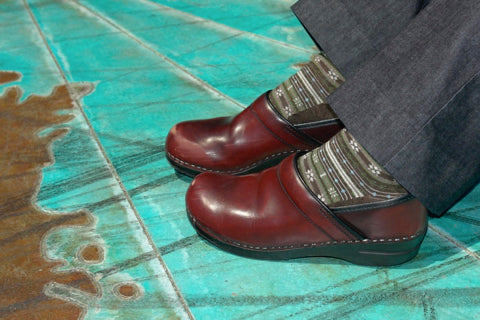 Myths abound in the footwear industry, and many types of shoes that are purported to be “good for your feet” can actually lead to foot pain and problems. In this article, we take a closer look at clogs, a style of shoe that many believe promotes foot health but is, unfortunately, a common contributer to a variety of foot ills. Read on to learn all about clogs and why they...
Read more
Myths abound in the footwear industry, and many types of shoes that are purported to be “good for your feet” can actually lead to foot pain and problems. In this article, we take a closer look at clogs, a style of shoe that many believe promotes foot health but is, unfortunately, a common contributer to a variety of foot ills. Read on to learn all about clogs and why they...
Read more

